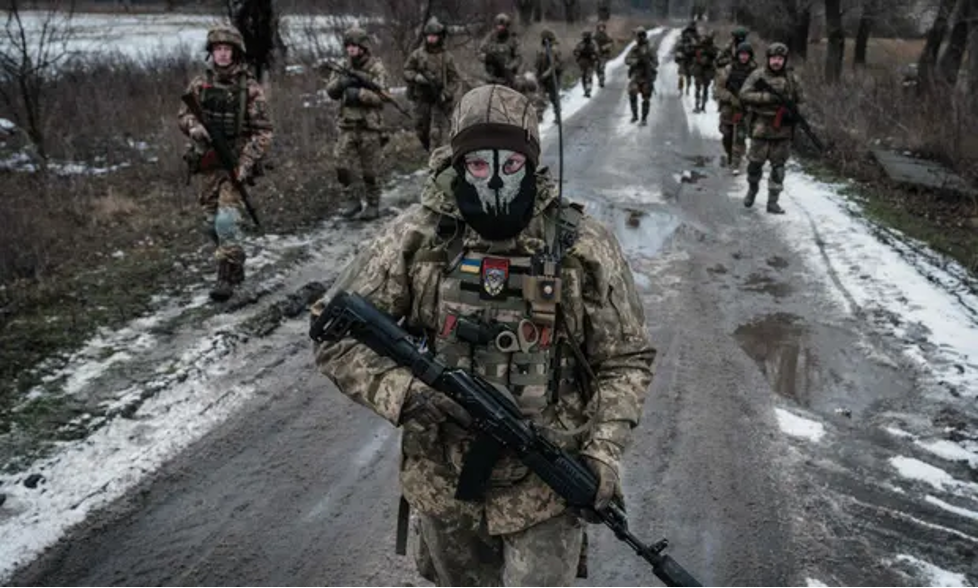
The war in Ukraine is a stark reminder of the potential for technology to be used for both good and evil. On the one hand, technology is being used to help people in a variety of ways, such as providing humanitarian assistance, connecting loved ones, and documenting war crimes. On the other hand, technology is also being used to harm people, such as carrying out airstrikes, delivering supplies to Russian forces, and spreading disinformation.
How technology is harming people
- Drones: Drones are being used to carry out airstrikes on civilian targets, killing and injuring innocent people. For example, in March 2022, a Russian drone strike on a maternity hospital in Mariupol killed three people, including a pregnant woman and her child.
- Robots: Robots are being used to clear minefields, defuse explosives, and evacuate civilians. However, there have been reports of robots being used to carry out attacks on civilians. For example, in April 2022, a Russian robot was reported to have opened fire on a group of civilians in Bucha.
- Cyberwarfare: Cyberwarfare tactics are being used to disrupt communications, steal data, and launch denial-of-service attacks. These attacks can have a devastating impact on civilians, disrupting access to essential services and causing widespread economic damage. For example, in February 2022, a Russian cyberattack on Ukraine’s banking system caused widespread outages.
How technology is helping people
- Humanitarian assistance: Technology is being used to provide humanitarian assistance to people affected by the war. For example, the World Food Programme is using drones to deliver food and other essential supplies to people in besieged areas.
- Connecting loved ones: Technology is helping people to connect with loved ones who have been separated by the war. For example, the Red Cross is providing free phone calls and video chats to people who have been displaced by the conflict.
- Documenting war crimes: Technology is being used to document war crimes and human rights abuses. For example, the Bellingcat investigative group is using social media footage and other open-source information to identify and track Russian war criminals.
Where tech in this war is heading
The war in Ukraine is driving technological innovation, as both sides are developing new weapons and tactics. For example, Russia is developing new types of drones, including kamikaze drones that can fly into targets and explode. Ukraine is developing new ways to counter Russian drones, such as using electronic warfare systems to disable them.
What tech will look like for future wars?
The war in Ukraine is a glimpse into the future of warfare, where technology will play an increasingly important role. In future wars, we can expect to see more use of drones, robots, and cyberwarfare. We may also see the development of new technologies, such as artificial intelligence-powered weapons that can make their own decisions about who to kill.
Other related news
Social media platforms are being used to spread disinformation and propaganda on both sides of the war in Ukraine. Russian and Ukrainian government agencies, as well as independent media outlets and individuals, are using social media to share information about the war. However, some of this information is inaccurate or misleading.
For example, Russian officials have used social media to spread false claims that the Ukrainian government is committing genocide against Russian speakers in Ukraine. Ukrainian officials have also used social media to spread false claims that the Russian military is using chemical weapons in Ukraine.
Both the Russian and Ukrainian militaries are using facial recognition technology to track and identify their opponents. Facial recognition technology can be used to identify individuals in photos and videos, even if they are wearing masks or other disguises.
For example, the Russian military is using facial recognition technology to identify Ukrainian soldiers and civilians who have been captured. The Ukrainian military is using facial recognition technology to identify Russian soldiers who have committed war crimes.
Conclusion
The war in Ukraine is a reminder of the potential for technology to be used for both good and evil. It is important to be aware of how technology is being used in the war, both to harm and to help people. We must also be prepared for the future of warfare, where technology will play an increasingly important role.
https://ecfr.eu/publication/star-tech-enterprise-emerging-technologies-in-russias-war-on-ukraine/
https://www.economist.com/europe/2023/10/29/trenches-and-tech-on-ukraines-southern-front
https://therecord.media/ukraine-russia-ministry-of-digital-transformation-brave1-interview-bornyakov
https://www.ft.com/content/1d2f0389-6e05-48e1-bf6a-51fb65a28d03
Engine used: Google Bard
I prompted Google Bard by asking it firstly about current events. The wars taking place are very prevalent issues and many articles highlight the technology used. It didn’t take long before this AI engine was able to produce information about the wars and different perspectives on the destructive technologies.





